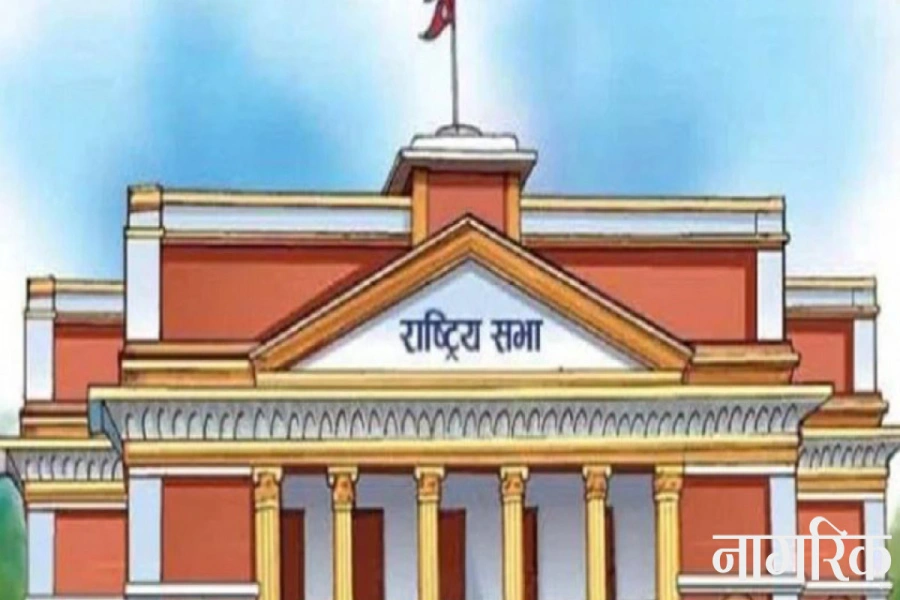The connectivity that BRI offers will open Nepal to the world market through different sea ports. Nepal then will no longer be a‘land-locked’country
The ancient Silk Routes crossing the Himalayas were not merely trade routes. They were an integral part of the Himalayan civilization. Owing to this historical significance and the geopolitical location, Nepal is in a unique position on China’s revived Silk Road initiative, which is called Belt and Road Initiative (BRI). Though in ancient time, Silk Routes did not attach great importance to Nepal, with the increasing importance of geo-politics, BRI sees Nepal as an important member. BRI provides new avenues to decrease Nepal’s overdependence on India and increase Nepal’s connectivity with rest of the world through diversification of trade, increased foreign direct investment and tourism.
In addition to this, this can be an opportunity for Nepal to materialize its long dream of being the ‘gateway to South Asia’. BRI offers road and railways connectivity which is what Nepal needs for its economic development. The connectivity that BRI offers will open Nepal to the world market through different routes. This will provide Nepal an access to the sea via various ports and we will no longer remain a land-locked nation. Increased connectivity and infrastructure can definitely boost Nepali tourism industry, a prime focus of Nepal’s economy. So, BRI will bring development opportunities to Nepal, if not prosperity as such.
But then BRI is not free from the problems it might bring with it. In such ambitious projects or business, there is always a quid pro quo. Nepal needs to weigh pros and cons of what BRI can bring to Nepal.
Nepal-China agree to conclude BRI Implementation Plan 'soon' as...

Issues to note
There is a widespread speculation that BRI will bring economic prosperity to Nepal. BRI indeed brings huge infrastructural development and foreign direct investment (FDI). In addition, reviving the closer Nepal-China bilateral relation can put a balance to Nepal’s overdependence on India. But can economic prosperity be defined on the mere basis of volume of FDI, the volume of projects China is undertaking and the volume of Chinese tourists? Nepal should learn lessons from the African and South Asian countries trapped in debt burden and avoid their footsteps.
When China invests, they bring their own workers which means growing Chinese investments do not help create local employment opportunities very much. Investment which doesn’t create local employment won’t be beneficial to the economy. At a macro-economic perspective, Nepal has a huge trade deficit with China and is unable to reduce this despite China allowing more than 8000 Nepali products zero tariff entry to China. This is because Nepal lacks the capacity to export goods in large scale. So the big question to economic prosperity is what will Nepal export? Also, BRI will open gate for cheap Chinese goods, undercutting local manufacturers, and stymieing the prospects for large scale industrialization in Nepal. In lack of anti-dumping laws in Nepal, domestic industries might be pushed to more vulnerable situation. So without a proper plan, Nepal’s speculation of economic prosperity will backfire with skyrocketing trade deficit. A look into the empty trains that return to China from Europe should ring a bell to Nepal’s current ‘we accept everything’ approach to BRI.
Politically, after the economic embargo of 2015, Nepal considers China a better neighbor than India. In a way, Chairman Mao’s saying that “Nepal’s easy connectivity with China might make India more respectful and less dominant toward Nepal” might actually be true. This is why there is a strong support for BRI at political as well as public level. But we do not seem to have analyzed the most important element of BRI projects yet.
BRI projects are executed by Chinese state-owned companies, some of whose reputations have been questioned in recent times. We hear of scandals of BRI projects. This happened in the Maldives. These practices more often happen in poor countries who accept loans for infrastructure projects without having much farsightedness about implications of the loans in the long run.
Similarly, one of the least discussed issues related to BRI in Nepal is the environmental catastrophe. Huaxin Company digging Malekhu River six meters down violating the Environment Impact Assessment report gives a picture on environment consequences. Moving on to the biggest environmental threats, the trans-Himalayan Qinghai Railway, the most exciting part of BRI for Nepal, might also invite environmental catastrophe. Most of the ports through which China has proposed railways and roadways to Nepal fall within the National Parks or protected areas of Nepal. Construction of these infrastructures through these areas will degrade the environment as well as affect wildlife protected in these areas.
Nepal is gearing up for ‘Visit Nepal 2020’, which essentially depends on Nepal’s natural beauty. But we have not paid much attention to possible destruction of our Himalayan ecosystem, the main tourist attraction of Nepal. This is a paradox Nepal needs to find a solution to.
In terms of culture and language, Nepal and China share little similarities. Despite a number of Nepali people learning Chinese language and putting up Chinese sign-board in their businesses, the cultural exchange in a greater degree has just started only recently. Well this might be a good symbol of assimilation and Nepal’s attempt to creating cosmopolitan cities but what will happen to Nepali culture? China is a huge population of 1.3 billion. With people comes their culture. So when a large number of Chinese visitors come to Nepal, Nepal should be ready to welcome the Chinese culture but also preserve Nepal’s cultural originality.
Nepal took the decision to be a BRI member in the wake of Indian blockade. So it may not have been able to analyze how BRI really benefits Nepal. BRI of China definitely offers developmental and infrastructural avenues and for a developing country like Nepal it is too good an offer to decline. But to reap the full benefits, we need to discuss its every aspect—the opportunities, challenges and possible consequences—with open mind.
The author is an attorney at law. Her master’s degree thesis was on “Belt and Road Initiative: Opportunities and Challenges”
girirosni@gmail.com





































